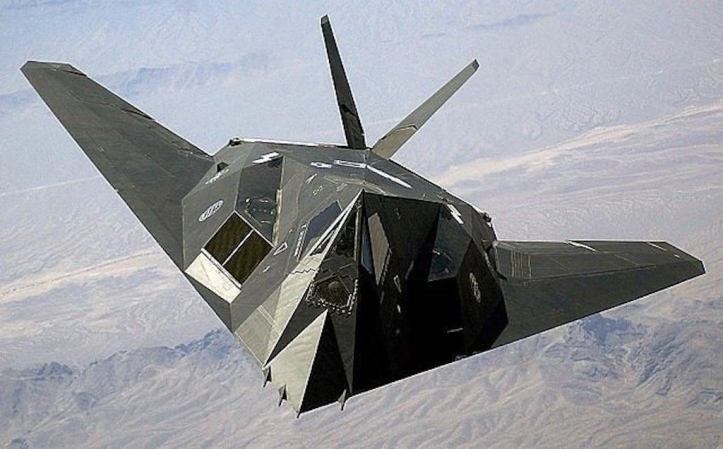The John Q. Public blog, run by retired Air Force officer Tony Carr, came across a video he suspects was produced by the Air Force’s Combat Camera units, lauding the A-10, its crews, its pilots, and the capabilities of its support for ground troops.
“ComCam is perhaps alone in its possession of the unique combination of access and capability to create something this close to the mission with such superior production values,” Carr writes. “A ComCam airman risked mortal danger to make this film and tell this story, getting immersed in a firefight along the way (you’ll see him drop his camera and hear him discharge his weapon in the video).”
Carr published the video, called Hawg (above), on his blog’s YouTube page and hit more than 935,000 views since it went live on September 4. Its popularity is related to how much the A-10 is beloved by airmen who work and fly the airframe, as well as troops on the ground who need it for close air support. It’s also a really good documentary about the A-10’s combat role. So why would the Air Force not release it?
He suspected the USAF tried to suppress the documentary for political reasons, chiefly the effort by the Air Force to mothball the A-10 in favor of developing the F-35 Joint Strike Fighter. He tried to get a statement from the Air Force before releasing it, but received none. After its release, he received a statement from a USAF spokesman explaining the role of Combat Camera and uses of its imagery:
“The documentation was captured by Combat Camera. The primary intent of Combat Camera missions [is] to ensure documentation of military activities during wartime operations, worldwide crises, and contingencies. The foundational mission of Combat Camera was achieved. The documentation aided mission assessment. However, the video in your possession never entered the security and policy review process because it was not finalized for any other purpose.”

Carr found another video, a more polished version of Hawg, called Grunts in the Sky, which contained graphics, music, and credits, which Carr believes is evidence of editorial discretion to get the video through an approval process. That the Hawg video includes unblurred faces of USAF JTAC operators and doesn’t have name titles of the A-10 pilots interviewed there might be some truth to the official statement, as far as COMCAM is concerned. Carr recently learned from sources inside the Air Force the video was approved through its normal process but once it hit a certain staff level, was shot down.
Officers close to the situation said that the wing commander at Bagram threatened UCMJ action against anyone who leaked the video, going so far as invoking the word “mutiny” in his warning.
The Air Force Public Affairs website describes Combat Camera’s mission: “COMCAM imagery serves a visual record of an operation and is of immeasurable value to decision makers in the OSD, Joint Staff, and combatant commands. COMCAM imagery is also significant for public affairs, public diplomacy and psychological operations.“
Combat Camera imagery is painstakingly reviewed and released (or not) by Public Affairs Officers while in the field and then back at their home units when other products are created from existing imagery. The Hawg video would have to have been reviewed before its release, including each clip used in its final form.
NOW: BRRRRRT: Congress wants the Air Force to keep the A-10 aircraft that troops totally love










